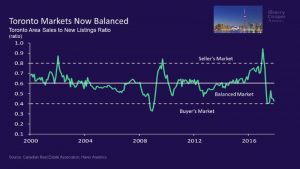THE EASY OPTION ISN’T ALWAYS THE BEST
 For those of us looking for mortgage financing options for our first or next home, the prevailing attitude is, ‘easiest is best’.
For those of us looking for mortgage financing options for our first or next home, the prevailing attitude is, ‘easiest is best’.
For most of us, myself included, applying for any type of financing is a stressful event; its always easier to, when you’re in your local branch, to strike up a conversation with an account manager and when they say, “Sure, I can help you with that”, to just treat that help as your only option.
On the outside, most mortgages are pretty much the same ( they’re not, but that deserves a separate discussion ), right? Anyway, if you can just walk in and walk out with a pre-approval, why not just do that?
Well, lets look at what you really want to get out the financing;
Let’s say you’re self employed ( not a stretch, really) and have, a couple of years ago started your own small business. Your spouse is also self employed, but works as an independent contractor, in IT, for example.
Initially qualifying for financing might be a bit of a struggle, but you rely on your banks’ mortgage specialist to get you the financing option you need. Of course, they come through in the end and a few months later, you’re happy in your new home and you’re happy you’ve started a relationship with someone who can help.
On the business front, its good news as well. Your small business grows and grows and in about three years down the road, you’ve got a new contract that you won’t be able to fulfill without some financial help.
When you approach the bank, you’re told time and again that, in spite of your great ‘relationship’, what you need doesn’t meet their lending guidelines and they can’t or won’t help you grow your business.
You leave the financial institution thinking, “I deserve better than this” and you’re right, you absolutely do.
Part of my role as a Mortgage Professional is to not only find the right mortgage but also try and anticipate what you might need in the future. I always recommend a lender that you can have a meaningful relationship with, if that’s what is needed.
A Dominion Lending Centres mortgage specialist will give you options and recommendations, as well as a clear explanation of why they’re recommending one over another. That’s a promise.
Thank you Jonathan Barlow, Dominion Lending Centres, for writing this article.





 Being fully pre-approved means that the lender has agreed to have you as a client (you have a pre-approval certificate) and the lender has reviewed, approved ALL your income and down payment documents (as listed below) prior to you going house hunting. Many bankers will say you’re approved, you go out shopping and then they sorry you’re not approved due to some factor. Get a pre-approval in writing! It should have your amount, rate, term, payment and date it expires.
Being fully pre-approved means that the lender has agreed to have you as a client (you have a pre-approval certificate) and the lender has reviewed, approved ALL your income and down payment documents (as listed below) prior to you going house hunting. Many bankers will say you’re approved, you go out shopping and then they sorry you’re not approved due to some factor. Get a pre-approval in writing! It should have your amount, rate, term, payment and date it expires.